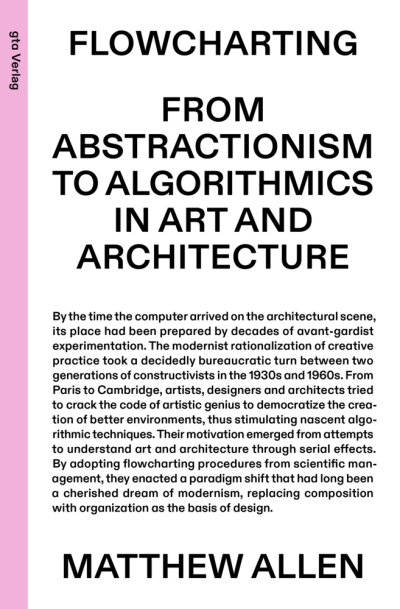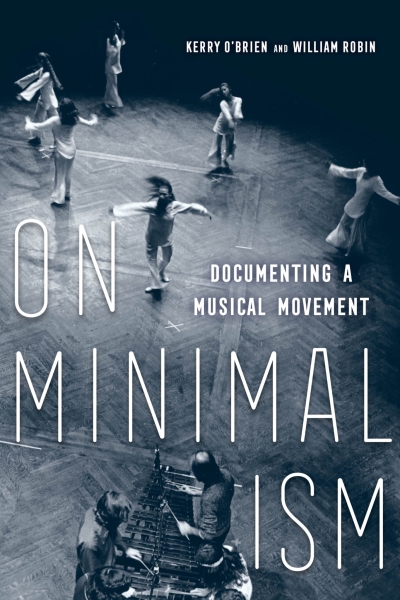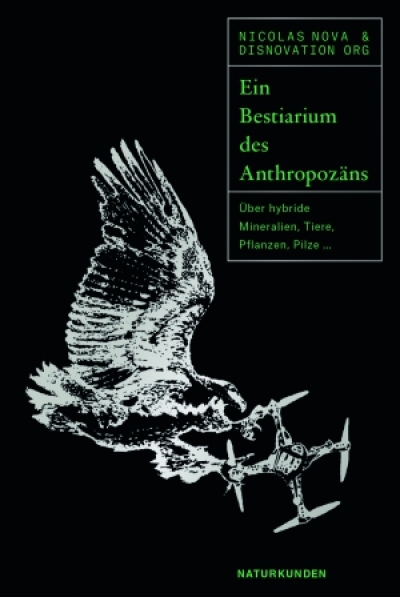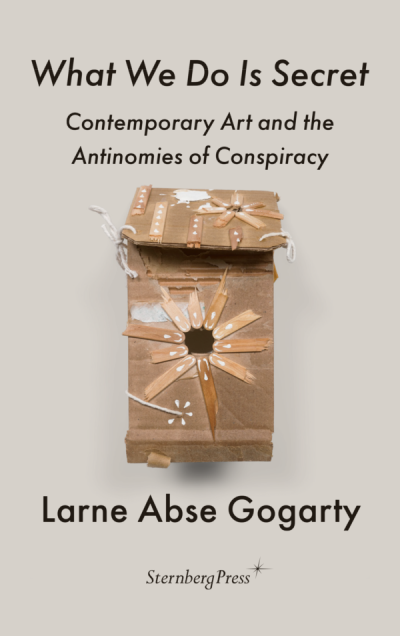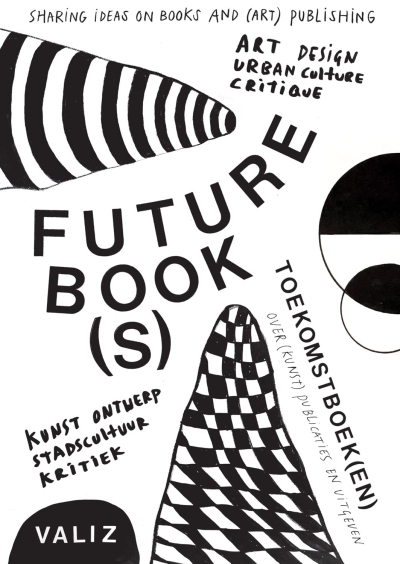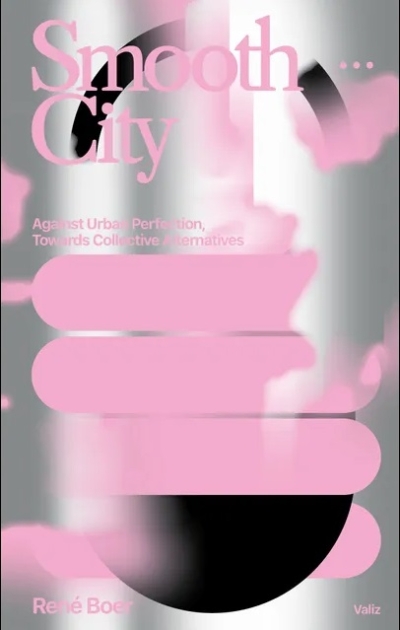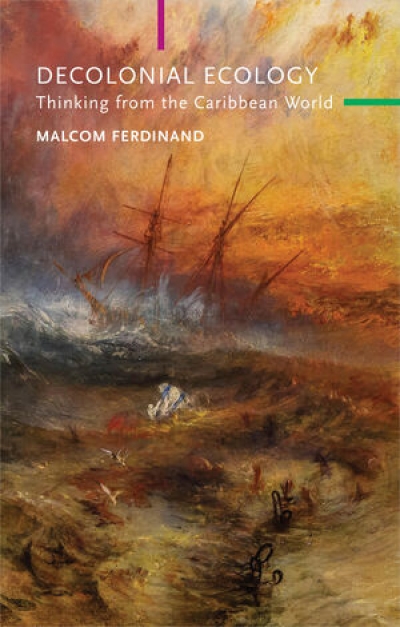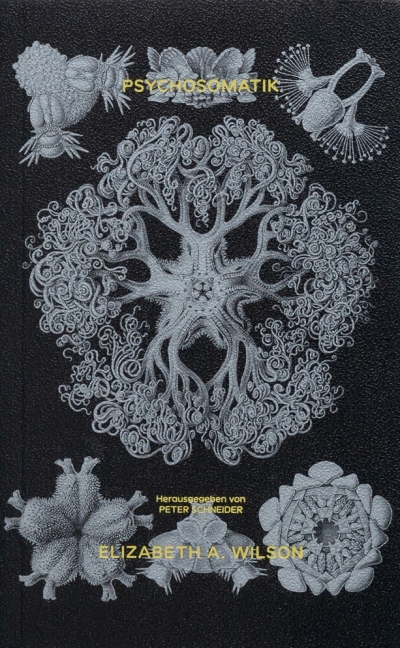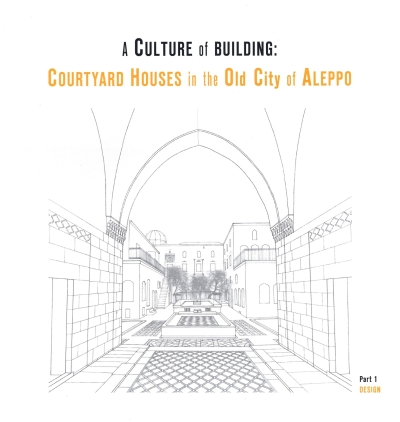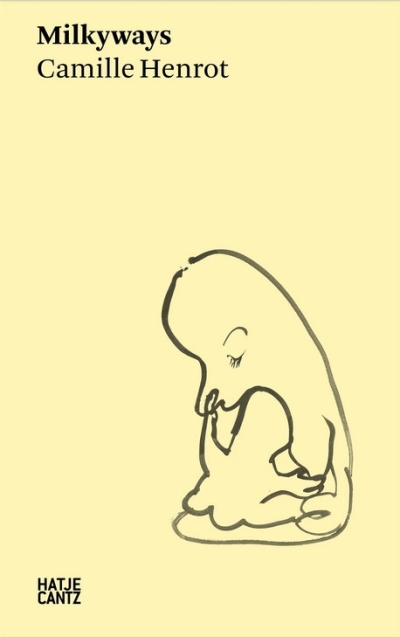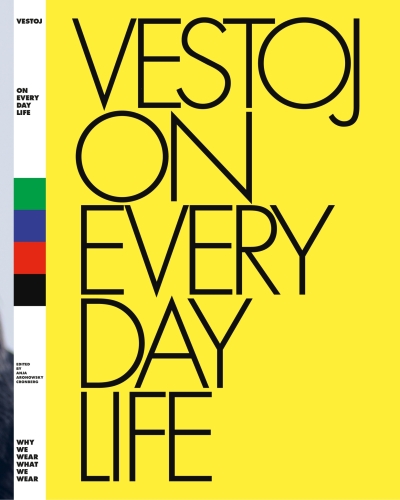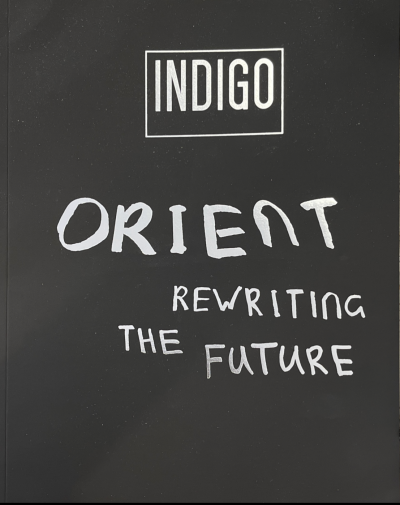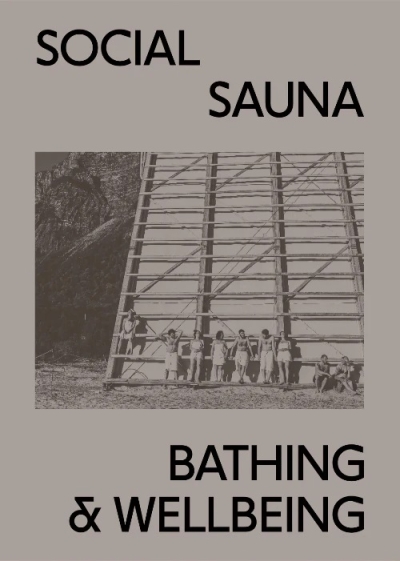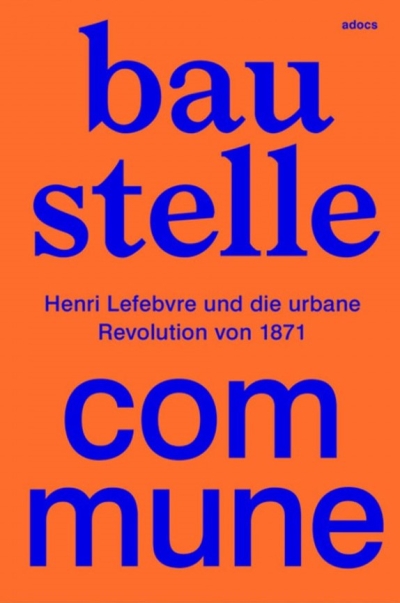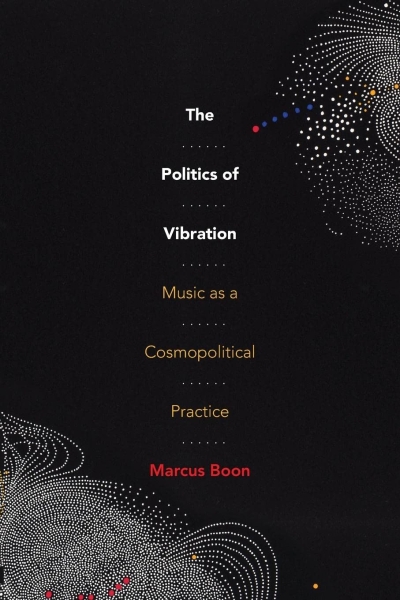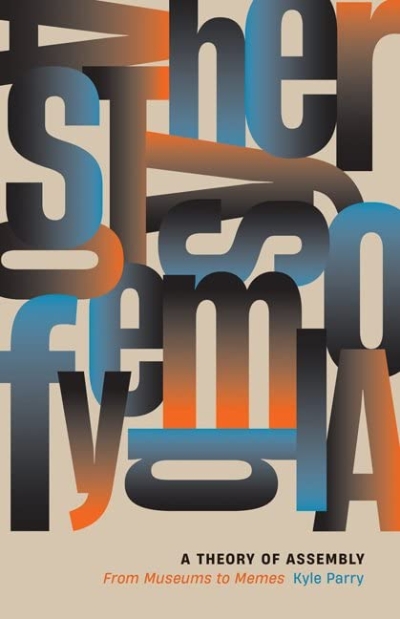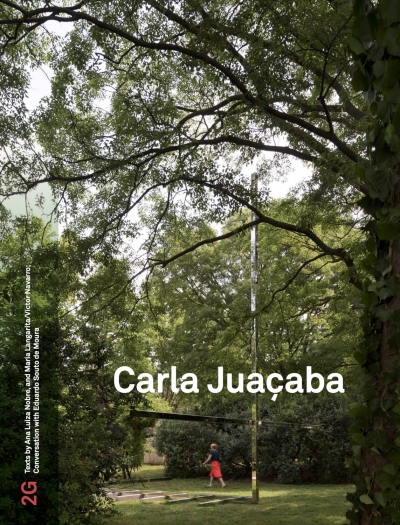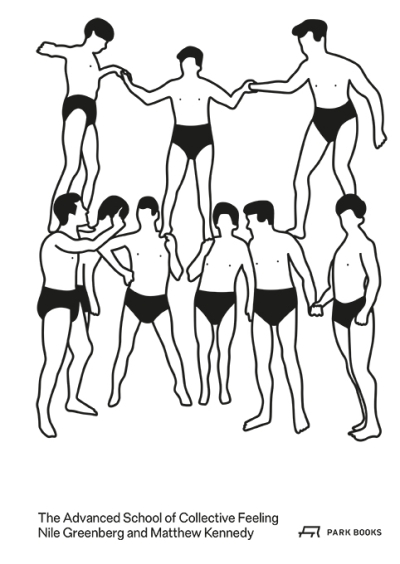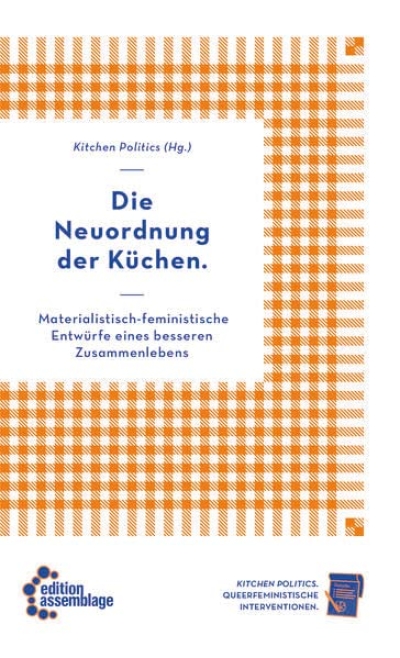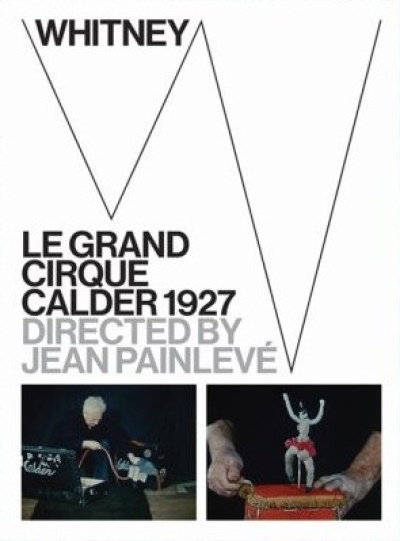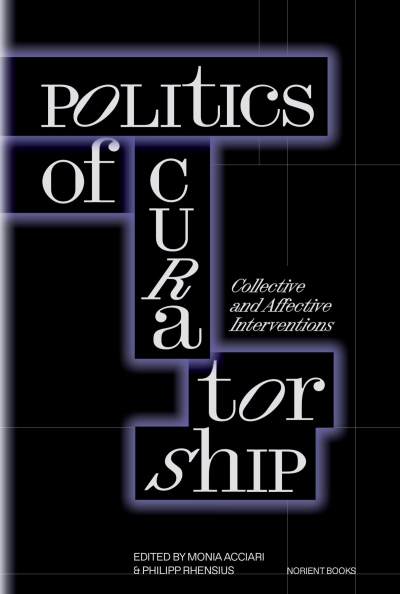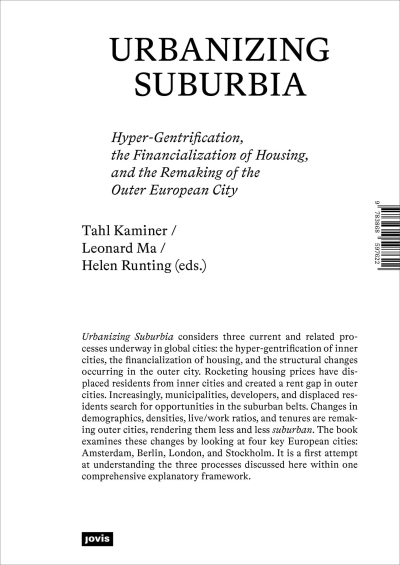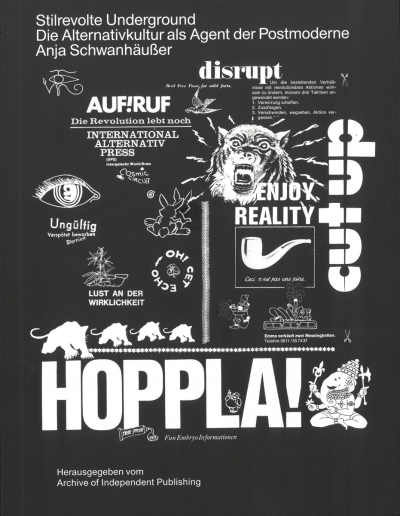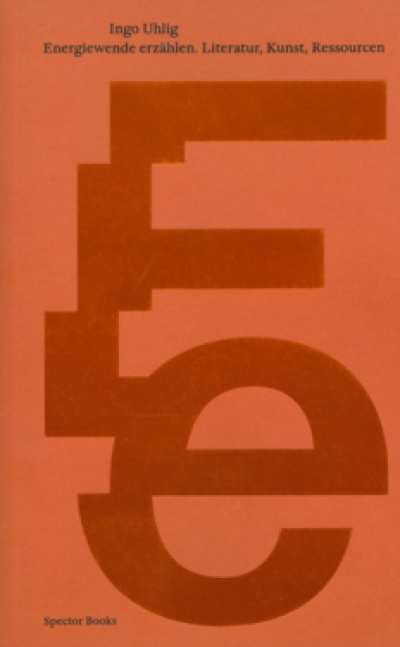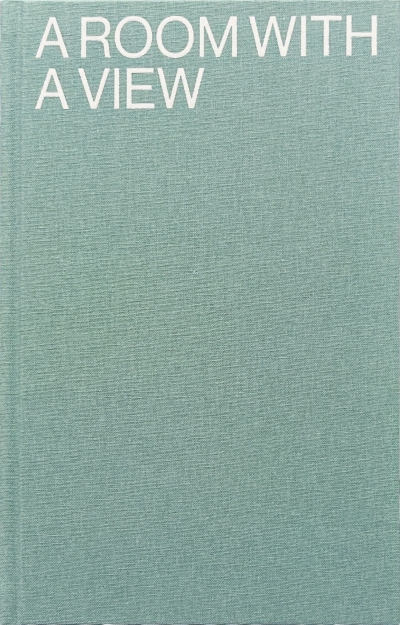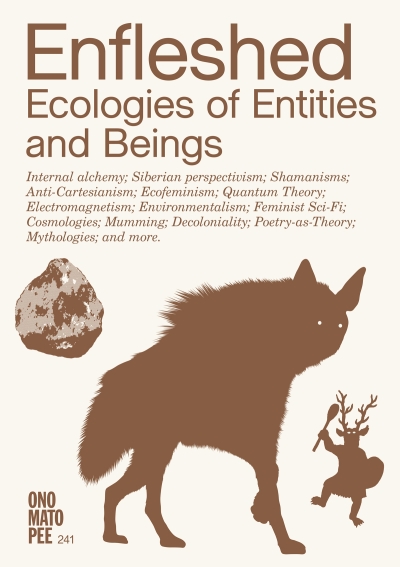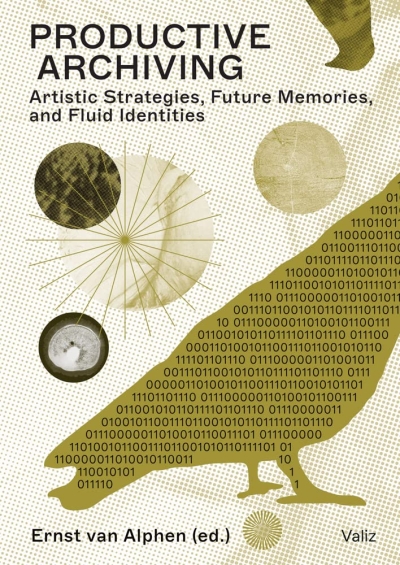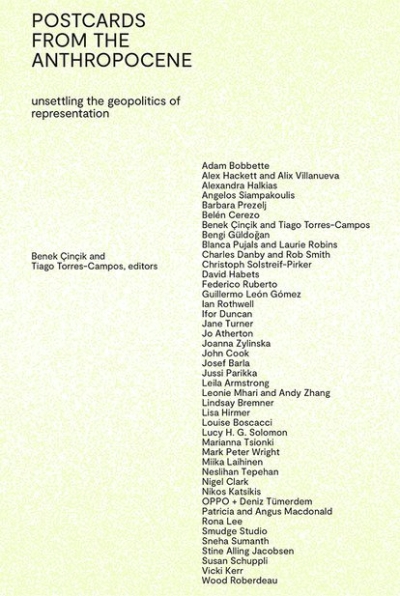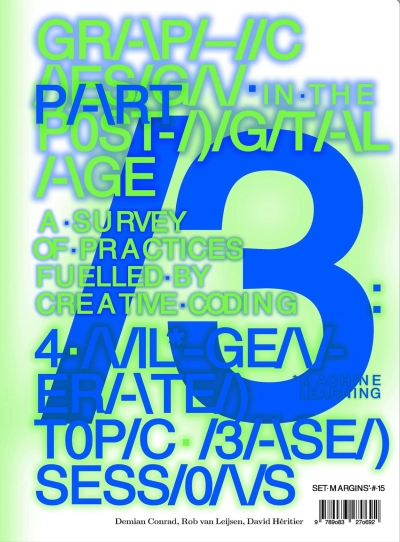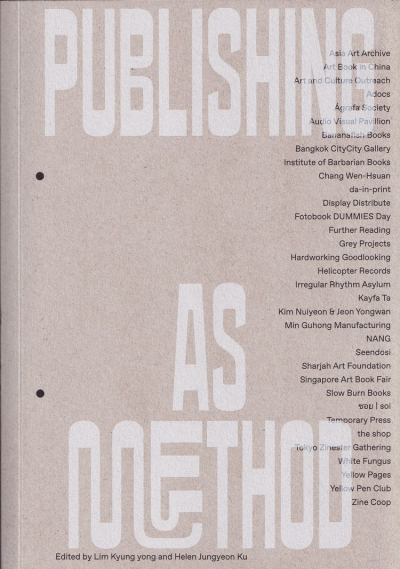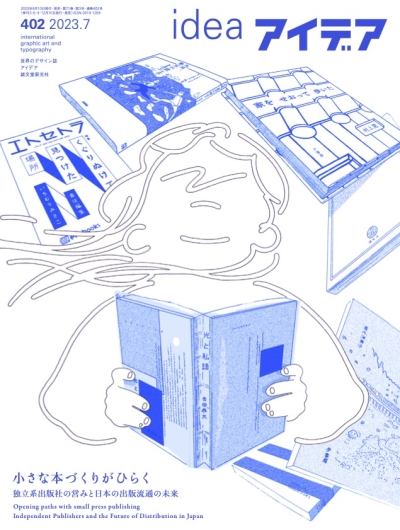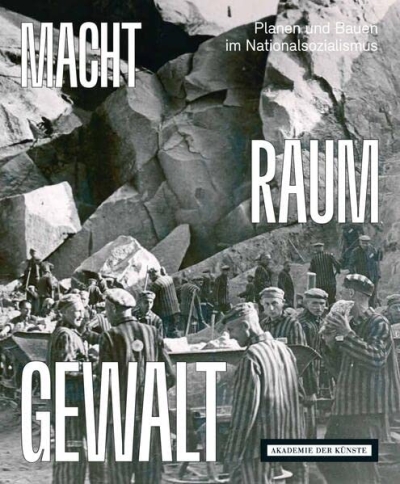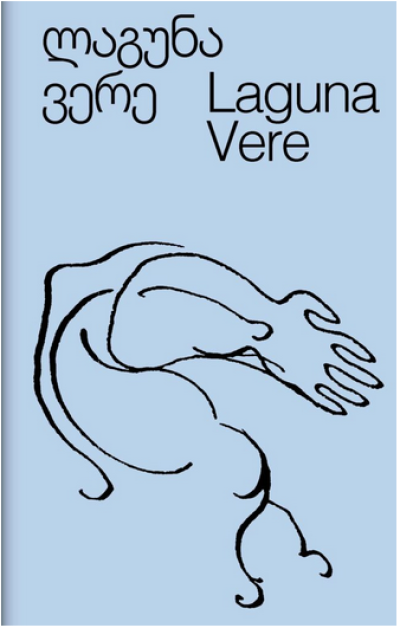Matthew Allen
Flowcharting. From Abstractionism to Algorithmics in Art…
Kerry O'Brien, William Robin (Eds…
On Minimalism. Documenting a Musical Movement
Nicolas Nova & Disnovation.org
Ein Bestiarium des Anthropozäns. Über hybride Mineralien,…
Larne Abse Gogarty
What We Do Is Secret. Contemporary Art and the Antinomies…
Pia Pol, Astrid Vorstermans (Eds.)
Future Book(s). Sharing Ideas on Books and (Art) Publishing
René Boer
Smooth City. Against Urban Perfection, Towards Collective…
Malcom Ferdinand
Decolonial Ecology. Thinking from the Caribbean World
Elizabeth A. Wilson
Psychosomatik
Dima Dayoub, Ruba Kasmo, Anne…
A Culture of Building: Courtyard Houses in the Old City of…
Camille Henrot
Camille Henrot. Milkyways
Anja Cronberg
Vestoj No 11 On Everyday Life
Indigo
Orient. Rewriting the Future
Edited by Jane Withers Studio
Social Sauna – Bathing and Wellbeing
Laura Strack, Moritz Hannemann, Klaus…
Baustelle Commune. Henri Lefebvre und die urbane Revolution…
Cristian Stefanescu (Ed.)
Project Stories Volume 02: Architectural Practice Today
Marcus Boon
The Politics of Vibration. Music as a Cosmopolitical…
Kyle Parry
A Theory of Assembly. From Museums to Memes
McKenzie Wark
Raving
Moises Puente (Hg)
2G 88. Carla Juaçaba
Nile Greenberg, Matthew Kennedy
The Advanced School of Collective Feeling. Inhabiting…
Kitchen Politics
Die Neuordnung der Küchen
Jean Painlevé
Le Grand Cirque Calder 1927 DVD
Monia Acciari, Philipp Rhensius (eds.)
Politics of Curatorship. Collective and Affective…
Marcel Bois, Bernadette Reinhold (eds.)
Margarete Schütte-Lihotzky. Architecture. Politics. Gender…
Ed. by Tahl Kaminer, Leonard Ma, Helen…
Urbanizing Suburbia. Hyper-Gentrification, the…
Anja Schwanhäußer
Stilrevolte Underground. Die Alternativkultur als Agent der…
Ingo Uhlig
Energiewende erzählen. Literatur, Kunst, Ressourcen
Beckerath, Verena von
A Room With A View
Kristiina Koskentola, Marjolein van der…
Enfleshed. Ecologies of Entities and Beings
Ernst Van Alphen
Productive Archiving. Artistic Strategies, Future Memories…
Benek Cincik, Tiago Torres-Campos
Postcards From The Anthropocene. Unsettling The Geopolitics…
Demian Conrad, Rob van Leijsen, David…
Graphic Design in the Post-Digital Age. A survey of…
Lim Kyung yong, Helen Jungyeon Ku (eds)
Publishing as method. Ways of Working Together in Asia
IDEA Magazine
IDEA 402. Opening paths with small press publishing:…
Unabhängige Historikerkommission
MACHT RAUM GEWALT. Planen und Bauen im Nationalsozialismus
Catherine Ingraham
Architecture's Theory
Adam Nathaniel Furman, Joshua Mardell (…
Queer Spaces. An Atlas of LGBTQIA+ Places and Stories
McKenzie Wark
Reverse Cowgirl
David Leatherbarrow
Projecting Urbanity. Architecture for and against the City
Michael Jakob
Faux Mountains
Louis Chude-Sokei
Technologie und Race. Essays der Migration
Joe Molloy
Acid Detroit. A Psychedelic Story of Motor City
Arch+ Zeitschrift für Architektur und…
Arch+ 252. Open for Maintenance - Wegen Umbau geöffnet
Anna Bokov
Lessons from the Social Condensers. 101 Soviet Workers’…
David Kishik
Self Study. Notes on the Schizoid Condition
Edited by Elena Biserna
Going Out. Walking, Listening, Soundmaking
Helga Blocksdorf, Samuel Barckhausen,…
PERSONAE - Konstruktive Charaktere im analytischen Licht…
Roxana Marcoci, Phil Taylor (Hg.)
Wolfgang Tillmans. Reader
Kunsthaus Graz (Hg)
Ein Katzenbaum für die Kunst. A Cat-Tree for the Arts.…
Riccardo Badano, Tomas Percival, Susan…
Border Environments. Centre for Research Architecture
Tbilisi Architecture Archive, Mariam…
Laguna Vere
Alexander Pehlemann, Robert Mießner,…
Magnetizdat DDR. Magnetbanduntergrund Ost 1979 - 1990
Daniela Comani
Daniela Comani A-Z
Liliane Wong
Adaptive Reuse in Architecture. A Typological Index
Constructlab / Joanne Pouzenc, Alex…
Convivial Ground. Stories from Collaborative Spatial…
Güntner, Hauser, Lehner, Reinprecht (Hg)
The Social Dimension of Social Housing
Dana Cuff
Architectures of Spatial Justice
Raúl Sánchez Cedillo
Dieser Krieg endet nicht in der Ukraine. Argumente für…
Deborah Lupton
The Internet of Animals. Human-Animal Relationships in the…
Diedrich Diederichsen
Aesthetics of Pop Music
Joy James
In Pursuit of Revolutionary Love: Precarity, Power,…
Klett, Luise Charlotte
Damaskuserlebnis
Leslie Kern
Gentrifizierung lässt sich nicht aufhalten und andere Lügen
Pauline Oliveros
Pauline Oliveros. Quantum Listening
So Mayer, Sarah Shin (eds.)
Ursula K. Le Guin. Space Crone
Paul Dobraszczyk
Animal Architecture. Beasts, Buildings and Us
Louisa Hutton, Matthias Sauerbruch (Hg.)
Der Experimenta Neubau in Heilbronn
Emma Warren
Dance Your Way Home: A Journey Through the Dancefloor
Benedict Anderson
The City in Transgression. Human Mobility and Resistance in…
Vikramaditya Prakash, Maristella…
Rethinking Global Modernism. Architectural Historiography…
Bonaventure Soh Bejeng Ndikung
Pidginization as Curatorial Method. Messing with Languages…
Gabriele Gramelsberger
Philosophie des Digitalen zur Einführung
Susanne M. Winterling, Antonia Lotz (Ed…
Pandora's Box
Bonaventure Soh Bejeng Ndikung
An Ongoing-Offcoming Tale. Ruminations on Art, Culture,…
Counterprint (ed.)
Colour Clash. Vibrant Colour Palettes in Graphic Design
T. J. Demos
Radical Futurisms. Ecologies of Collapse, Chronopolitics,…
Vera Tollmann
Sicht von oben. „Powers of Ten” und Bildpolitiken der…
Ana Hupe
Footnotes to Triangular Cartographies. Processing Process
IDEA Magazine
IDEA 401. Wayfinding for City Spaces: Bridging navigation…
David Bergé, Milica Ivic (Eds.)
Bodies of Extraction. Underneath the Ground of Islands
Jan Büchsenschuß
Die Fassade. Verkleidung und Illusion, Verbrechen und Zitat
Francesco Fusaro (Ed.)
Sonic Traces. From Italy
Ulrich Gutmair
Wir sind die Türken von morgen. Neue Welle, neues…
Jumping He (Ed.)
Another Reading. Contemporary Book Design from China
James Voorhies
Postsensual Aesthetics. On the Logic of the Curatorial
Arvanitis, Blank, Michaelidi,…
Krisenkunst - Kunstkrise? Kunst und die globale Umweltkrise…
Pier Paolo Tamburelli
Grundkurs: What is Architecture About?
Oliver Marchart
Hegemony Machine. documentaX to fifteen and the Politics of…
Adolf Loos
Adolf Loos. Ins Leere gesprochen
Gilles Aubry
Sawt, Bodies, Species. Sonic Pluralism in Morocco
Mohsen Mostafavi, Kayoko Ota (eds.)
Sharing Tokyo. Artifice and the Social World
Nina Rappaport
Hybrid Factory, Hybrid City
Arch+ Zeitschrift für Architektur und…
Arch+ 251. Unternehmen Architektur
Keller Easterling
Mediumdesign
Anke Graneß
Philosophie in Afrika. Herausforderungen einer globalen…
Nancy Fraser
Der Allesfresser. Wie der Kapitalismus seine eigenen…
Susanne Witzgall, Marietta Kesting (Hg.)
Human after Man
Reinier de Graaf
architect, verb. The New Language of Building

